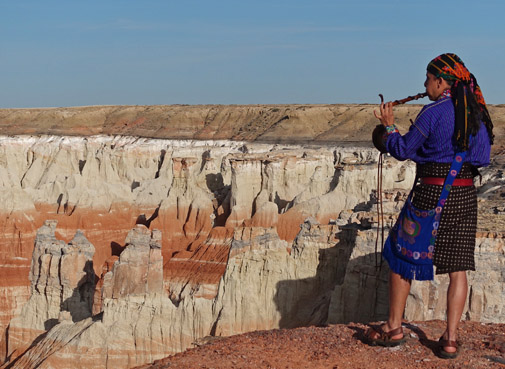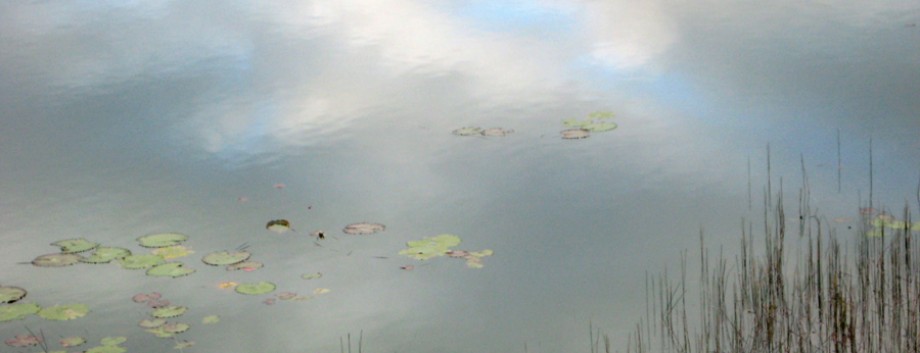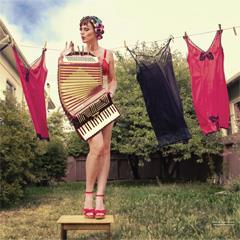At the end of the evening introduction to sacred Diné ways, Thomas Hatathli talked briefly about the Blessingway Ceremony he would offer the next day. He spoke of it as a cleansing, a restoration to full health, life-affirming choices and connection to all beings. Through song and prayer the ritual would provide a channel for healing.
I stood and asked Thomas if there was a way we all could best prepare and be ready for the next day’s ceremony. He said simply, “Just be you.”
I waited until he was free, then talked to Thomas privately. “I asked that question for myself. I’ve just returned from Peru. I was in a Q’ero village where I have relationships and learned of a death. I think I’m carrying a lot of grief.” I told him only that.
During time in the village in my role of group leader, I wasn’t able to really process the tragic story I’d been told of a young mother’s sudden, recent death and the devastating effect I witnessed on the dad and very young ones she left behind. Ever since, images had continually played in my mind of the event I never saw—haunting me. I couldn’t shake them, and I was experiencing a physical impact that was getting worse.
He gazed directly into my eyes. Perhaps beyond me, too. “Do you want to be my patient tomorrow?”
I wasn’t expecting this explicit invitation. I nodded yes.
“Then sit beside me tomorrow.” He asked no questions, nothing causing me to replay the painful moments.
The next day we gathered again at North Mountain Visitor Center, which backs up to the Phoenix Mountain Preserve. I found Thomas outside at the small amphitheater that opened to the land, already preparing himself. He said this round place was a good one. At home he holds ceremonies in a hogan.
As he’d asked, I sat next to him. Others assembled in a loose circle. He took a small rug and woven cloth from a bag and laid both on the ground in front of him, one on top of the other. As he readied the space, he spoke about the turning basket he placed in the middle, the significance of the circle around its perimeter. There was a break in the circle where anything that was not life-affirming could be released to the east. He noted that some patients were afraid to let go and needed encouragement. He’d made sure to place the turning basket with its break to the east, the same as a hogan’s doorway.
Thomas inherited this turning basket from his grandfather who was a medicine man. It had to be over a hundred years old. I could only imagine how many ceremonies it had seen and the power it held. Even as the formal ceremony had yet to begin, I felt its energy reaching for us. We all were invited to place items—sacred bundles, jewelry, stones—in the turning basket; the purpose to represent each of us in this ritual, to clear any traumas or aspect out of balance.
Thomas talked about the sequence of ancient songs he would sing, the meaning of each one. The Mountain Song would come first, calling in the benevolent spirits of sacred mountains to provide protection and healing. Next would come the song he sang for himself, asking for the strength and capabilities required to sing the songs and make the prayers. The Bluebird Song was one to bring in happiness. The Returning Home Song was about returning home, to the natural order, coming home to your true Self. The prayers would come next, twelve of them.
When Thomas began to sing I closed my eyes. Before long I was lost to this world and entered the landscape this Chanter was weaving. Somewhere in there a thought swam up. I’ve heard this before. It sounds so familiar. I grasped to make the connection but couldn’t and surrendered again, letting the songs take me. At points periodically I experienced a lifting sensation as though leaving my body and thought it would fall over backwards. Somehow I remained upright. Every now and then my ears popped.
As the last song ended, I opened my eyes and knew how the songs were known to me. Icaros. Just a few weeks before I’d been with Don Alberto Manqueriapa, a respected Huachipaeri-Matsigenga spiritual leader, again in Peru as he sang the icaros during the rainforest rituals that hold the same intent of the Blessingway Ceremony. A return to the natural order. They couldn’t be the same language. Yet they were. And they held the same frequencies. They were drawn from the same place.
Thomas handed me the feathered female medicine stick to hold in my left hand and a small deerskin bundle that held dirt from the Sacred Mountain for my right hand. As I received them extraordinary energy washed over me and I knew their power, recognized how many people had held them as I was now. The Blessingway prayers began, a continual chant until complete.
He directed me to press the medicine stick and bundle up and down both legs, then the rest of my body. Pressing them to my face would cleanse the senses and perception. To my head, purified the mind.
Thomas went to the fire made earlier and threw herbs upon the flames, a further prayer for happiness and blessings. We all went up and made an offering of corn meal. The Blessingway Ceremony came to a close.

Post Blessingway Ceremony.
I remained seated outside for some time while others drifted back inside where we would share a meal. I didn’t trust my ability to walk. I wasn’t yet fully back in the material world. And I was assessing my state. I felt different, as though something had lifted. I was much lighter.
Three hours had passed as though mere minutes. We’d been encapsulated in a timeless bubble as the world around us went on. A short distance away people were on the preserve’s hiking trails. The parking lot had been full. I’d heard nothing but the cadence of Thomas’ words moving on the air. I felt nothing but the energy coursing through my body, taking me somewhere, and only a slight warmth from the sun. Not its increasing strength as it followed its path across the sky.
Naomi Tsosie had stayed behind, too. During the ceremony, she and a few other Diné women who were present sang softly, barely a beat behind Thomas. I later learned that these echoes are sustenance to the Chanter providing strength for them to continue, sometimes many hours or even days depending on the need.
Naomi came over to me. She gave me a sacred gift that I will always treasure. I understand the meaning. I only wish I hadn’t been so altered and could have expressed adequately how her action and kind words truly touched my heart.
Thomas knows over 500 hundred songs. He retains them in his mind, passed to him orally, not to be written down. Each having their own purpose to be drawn upon depending on the needs of the patient.
That day we experienced an abbreviated version of the Blessingway Ceremony by necessity of the circumstances. I truly get how this is a way of healing. It has had a lasting effect on my state of being, emotionally and physically.
Thomas’ level of impeccability—the care in which he spoke his words, the seamless way I absorbed their deeper meaning, how I felt the medicine he delivered—is a rarity. He would never say so himself…but I believe we were in the presence of a true Holy Man.
***
This is Part Two of a two-part article. To read Part One, go here.
To learn more on the Blessingway Ceremony, go here.
I wish to acknowledge Ruth Harrison, Kimberly Ewing, Nathan Shannon and Norm Meier who were present and contributed their memories of our time with Thomas, filling in where my own memory gapped.




